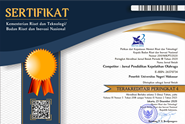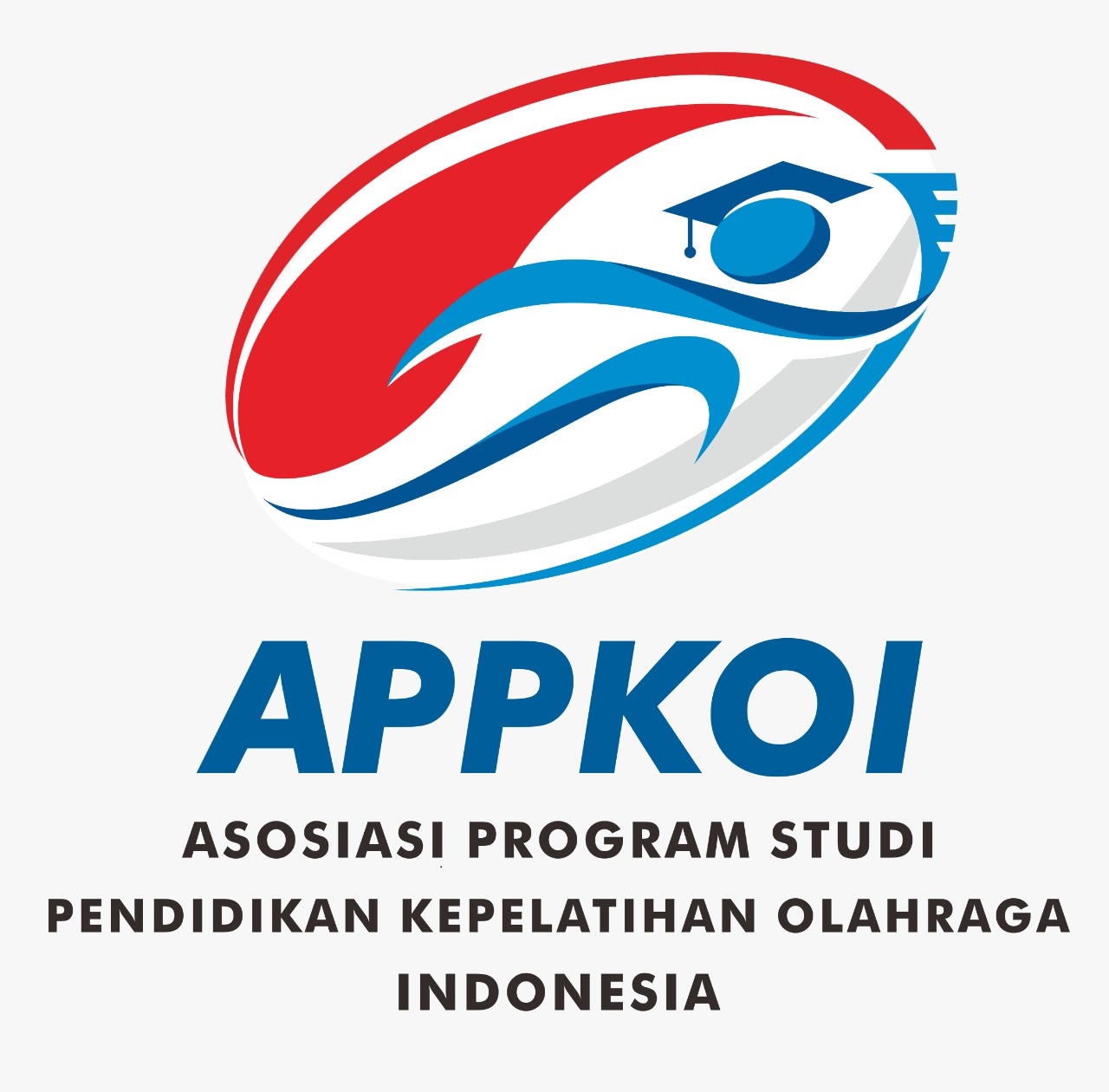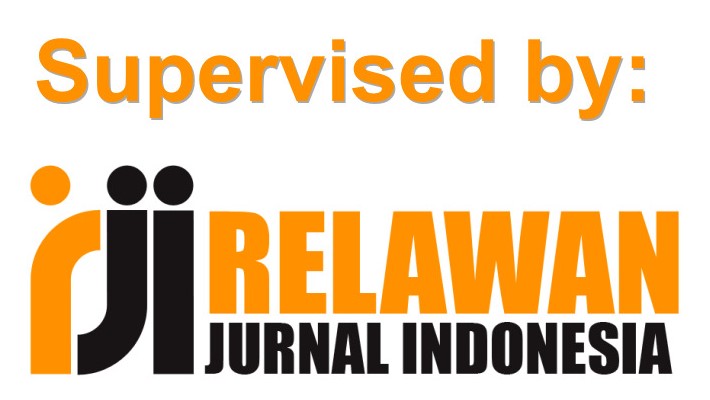Comparison of Stretching Exercise Methods and Gender to Improve Flexibility in Sports Performers at Mooja Fitness Center
(1) Universitas Pendidikan Indonesia
(2) Education University of Indonesia
(3) Education University of Indonesia
(*) Corresponding Author
DOI: https://doi.org/10.26858/cjpko.v13i3.22785
Abstract
The purpose of this research is for knowing the effect of the stretching method and gender on flexibility. Experimental research method with 2x2 Factorial Design design, which consists of two groups, because the research uses two independent variables with two moderator variables. Frankel et. Al (2013:277). Based on the results of data processing and analysis described in the previous chapter, it is known that the PNF stretching method is more effective than the passive stretching method in increasing muscle and joint flexibility for men and women with a difference in the average stretch score of 1.52. Then on the results of the analysis of differences in muscle and joint flexibility between men and women, it is known that there is a significant difference in the average score of muscle and joint flexibility between men and women where the average score for men is 1.96. In both men and women, there was a significant increase in muscle and joint flexibility between before and after stretching using either the passive method or the PNF method. So the authors can conclude that the results of the study there are significant differences in the average score of muscle and joint flexibility between the PNF method and the passive method. This shows that the PNF stretching method is more effective than the passive stretching method in increasing muscle and joint flexibility in men and women. Utilization of the stretching method can provide real experience for sports players to increase flexibility by using the stretching method, because flexibility is very influential in increasing effectiveness in exercising.
Keywords
Full Text:
PDFReferences
Amako, M., Oda, T., Masuoka, K., Yokoi, H., & Campisi, P. (2003). Effect of static stretching on prevention of injuries for military recruits. Military Medicine, 168(6), 442-6.
Bertelsen, S. L., & Thompson, B. (2017). High School Weight-Training Curriculum: Course Development Considerations. Strategies, 30(3), 10–17.doi:10.1080/08924562.2017.1297746
Davis B. et al; Physical Education and the Study of Sport
Fraenkel, J. R., Wallen, N. E., & Hyun, H. H. (2012). How to desIgn and evaluate research In educatIon (8th ed.). New York: Mc Graw HIll.
Juliantine, T., studi perbandingan berbagai macam metode latihan peregangan dalam meningkatkan kelentukan. Bandung: FPOK UPI
Katharine F. Wells &Evelyn K. Dillon The Sit and Reach—A Test of Back and Leg Flexibility
Yamauchi, T., Hasegawa, S., Nakamura, M., & Nishishita, S. (2016). Effects of two stretching methods on shoulder range of motion and muscle stiffness in baseball players with posterior shoulder tightness: A randomized controlled trial. J Shoulder Elbow Surg, 25(9), 1395-1403.
Wells, K. F., & Dillon, E. K. (1952). The Sit and Reach-A Test of Back and Leg Flexibility. Research Quarterly. American Association for Health, Physical Education and Recreation, 23(1), 115-118.
Article Metrics
Abstract view : 211 times | PDF view : 25 timesRefbacks
- There are currently no refbacks.
Copyright (c) 2021 suarsana dwi payana

This work is licensed under a Creative Commons Attribution 4.0 International License.
COMPETITOR IS LICENSED BY :
 COMPETITOR is licensed under a Creative Commons Attribution 4.0 International License.
COMPETITOR is licensed under a Creative Commons Attribution 4.0 International License.
COMPETITOR EDITORIAL LOCATION :
![]() Kampus FIK Banta Bantaeng, Jalan Wijaya Kusuma Nomor 14, Rappocini, Makassar, Postal Code 90222
Kampus FIK Banta Bantaeng, Jalan Wijaya Kusuma Nomor 14, Rappocini, Makassar, Postal Code 90222
COMPETITOR IS INDEXED BY















